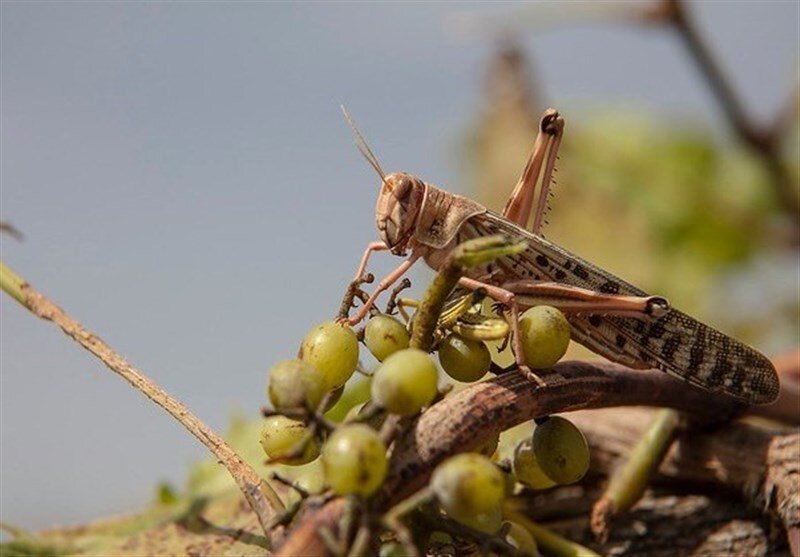Fighting locust in 80,000 hectares of farms underway

TEHRAN - The battle against locust in the current farming season is underway across 80,000 hectares of lands nationwide.
Saied Moein, an official in Plant Protection Organization (PPO) said on Sunday that the government had allocated sufficient funds and equipment for the campaign to protect farms in south of the country against locust invasion.
He added that PPO expects a mild locust invasion affecting farms in the region between early March and late April next year, Press TV reported.
Moein said that the Iranian government’s general treasury department had started allocating funds needed for the battle against locusts since earlier this week.
The official said the government was ready to increase the funds in case locust invasion spread to a larger area of lands in southern Iran.
“We have purchased 70-80 new insecticide spraying machines and they are kept in warehouses,” said Moein.
Locust swarms are expected in farms in at least 10 provinces scattered in south, southeast and southwest Iran this farming season.
Iran spent five trillion rials ($20 million) to curb locust infestation in the farming season to September. However, the area covered by the campaign this season is expected to increase fourfold.
The campaign was much larger in 2018 and 2019 when Iran was forced to battle locusts in nearly one million hectares of lands.
Forecasts provided by international organizations and Iranian government departments suggest swarms of locust originating from areas in northwest Saudi Arabia can invade farms in southwest and western Iran for a first time this season.
FAO explains that desert locust infestations are normally present in southeast Iran during the spring. Local breeding coincides with seasonal rains that often occur from about February or March until April or May. In warmer years, rains that occur during the winter can lead to late winter and early spring breeding.
By June, vegetation is usually dry again and any adults that were produced during the spring move east towards the Indo-Pakistan summer breeding areas. Most of the spring breeding occurs along a 450 km stretch of coastal plains on the Arabian Sea from Jask (Hormozgan) and the Strait of Hormuz and the Gulf of Oman in the west to Chabahar and Gwadar (Sistan-Baluchestan) near the Pakistan border in the east.
The most important area along the coast is the Vashnum Plains near Chabahar. If rains fall and temperatures are warm, breeding may also occur in the interior, namely the Jaz Murian Basin from Kahnuj to Iranshahr, and in the Zaboli, Suran, and Saravan valleys that lead to Panjgur, Pakistan. Desert Locust adults rarely cross the mountains to the north of these areas.
